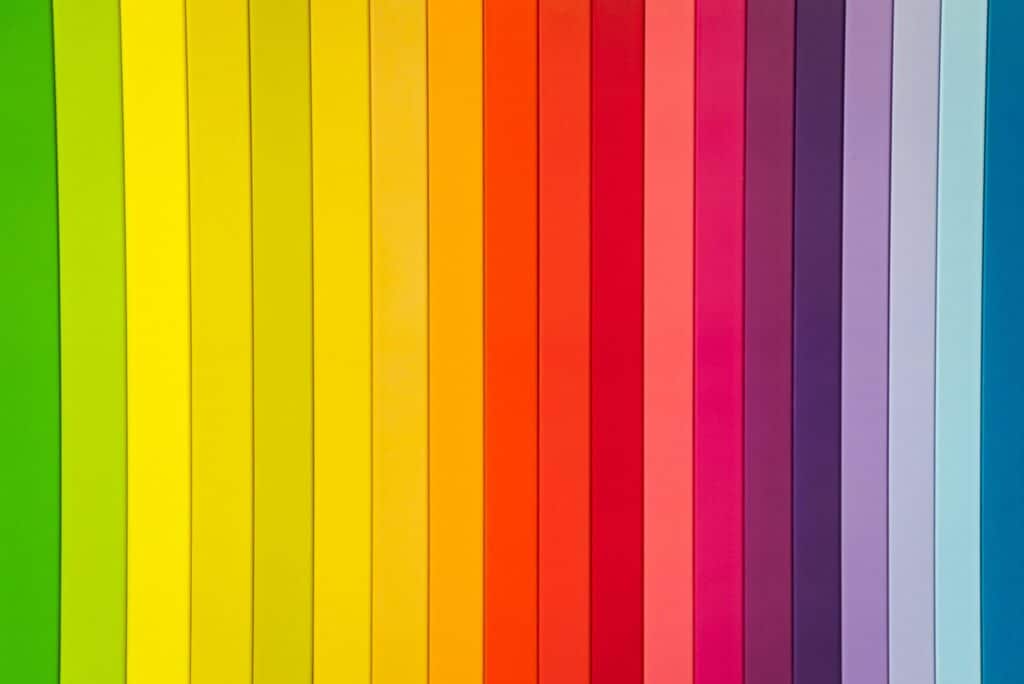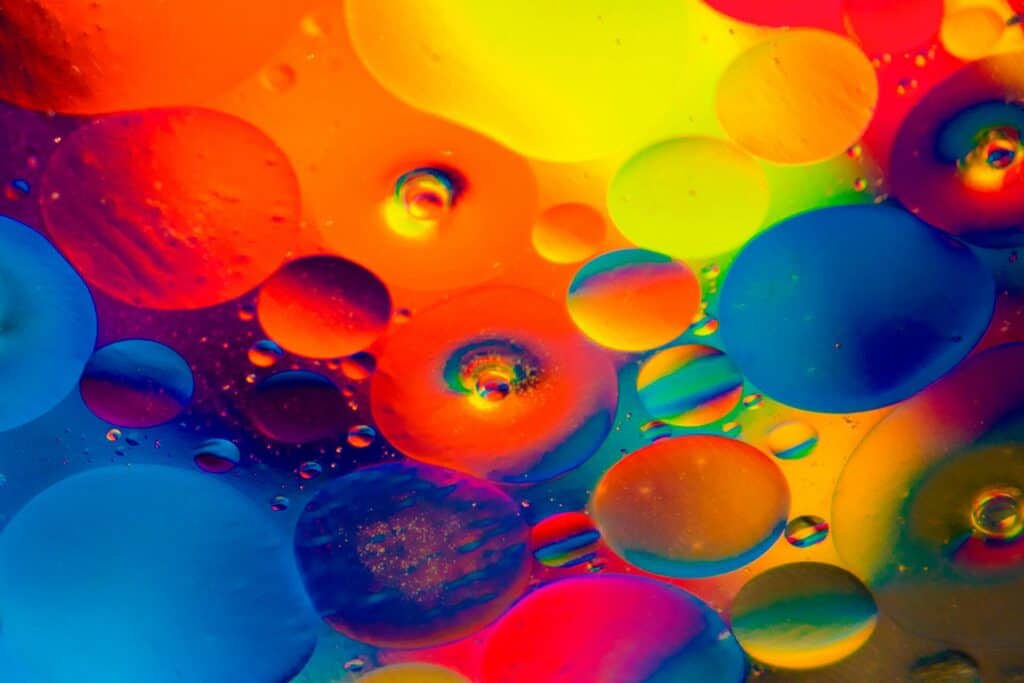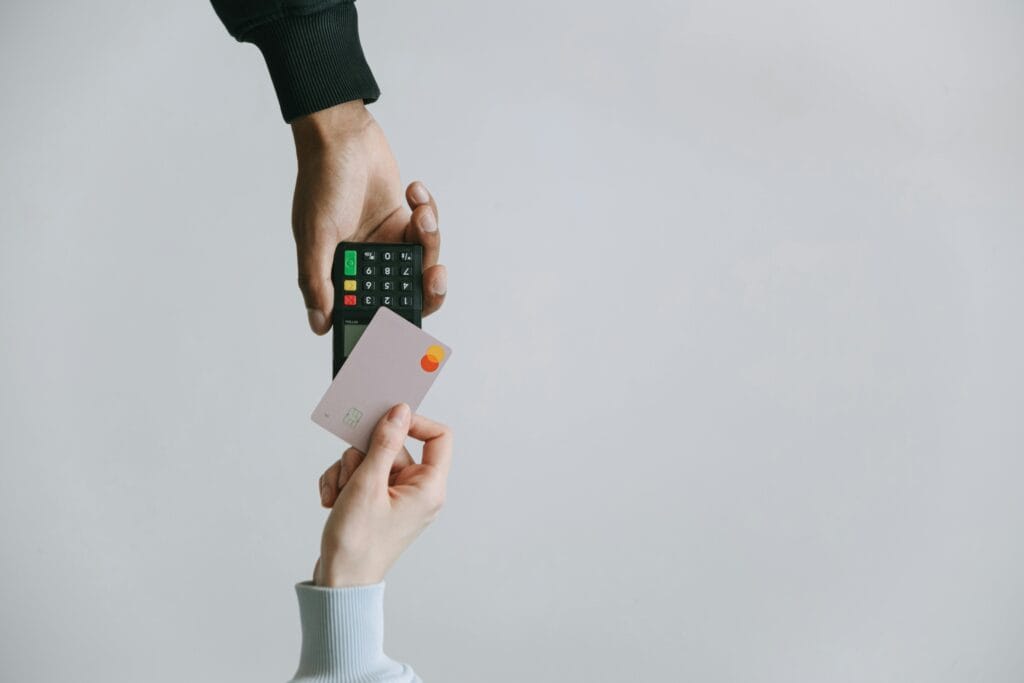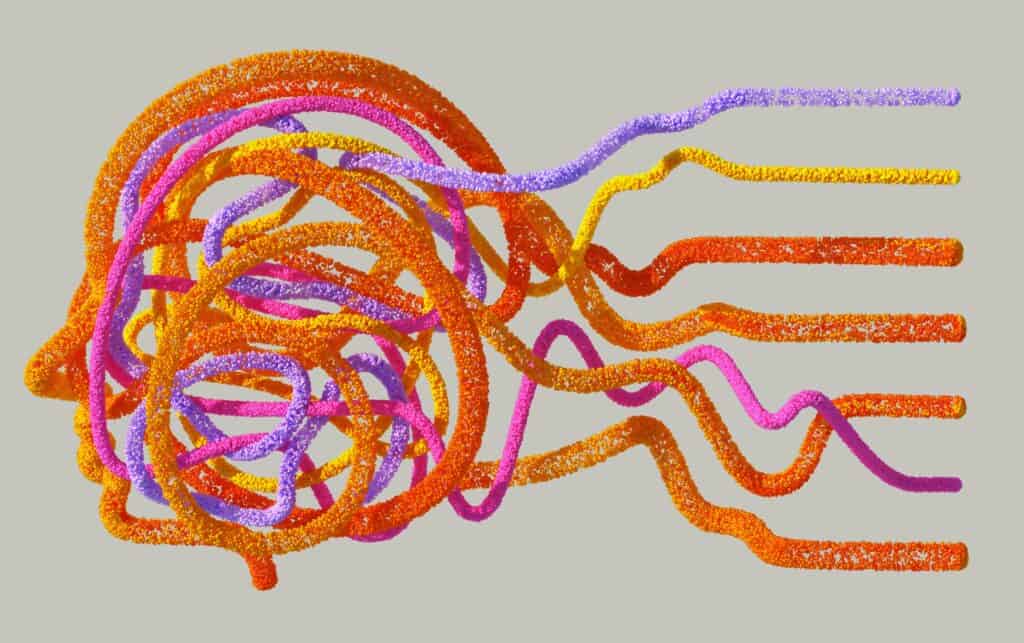Do you ever feel like your eye was almost instinctively drawn towards a certain element on a website? Believe it or not, colour is surprisingly influential in user behaviour. For website design companies, mastering colour theory isn’t just about creating aesthetically pleasing websites; it’s about crafting strategic experiences that resonate with users on a deeper level, drive engagement, and ultimately boost their clients’ bottom lines.
Web design is a competitive world where first impressions matter hugely. The right colour palette can make or break a website’s success. The colours you choose influence how visitors perceive your brand, guide their attention, and ultimately determine whether they stay or leave—and no one wants a high bounce rate. As a website design company, understanding and applying colour theory effectively is critical to delivering exceptional results for our clients and helping them stand out in a crowded market.
Today’s guide will equip you with the knowledge and tools to harness the power of colour theory in your web design projects. We’ll delve into the fundamentals of colour psychology, explore harmonious colour combinations, and uncover the secrets to choosing conversion palettes. So whether you’re thinking about a redesign or starting a website build, this article will help you create visually stunning and meaningful websites that drive results.

Understanding Colour Theory Basics
At the heart of successful web design lies a solid grasp of colour theory. Let’s break down the essentials:
The Colour Wheel
The colour wheel is a circular diagram in which hues transition seamlessly. Simply put, it’s the foundation for understanding the relationships between colours.
- Primary Colours: Red, blue, and yellow are the building blocks. They cannot be created by mixing other colours.
- Secondary Colours: Green, orange, and purple emerge when you combine two primary colours. For instance, yellow mixed with blue gives you green.
- Tertiary Colours: The in-betweens created by mixing a primary and secondary colour. Think yellow-green, blue-green, blue-violet, and so on.
Colour Harmony
Now that you know the players, let’s explore how they interact to create visually appealing schemes:
- Complementary: Opposites attract! Some pairings, like blue and orange, create high contrast and visual impact.
- Analogous: Neighbours on the colour wheel, like blue, blue-green, and green, create a harmonious and calming effect.
- Triadic: Three colours evenly spaced on the wheel (like red, yellow, and blue) form a vibrant and balanced scheme that often feels playful.
- Split-Complementary: This scheme is a versatile twist on complementary. It uses a base colour and the two colours adjacent to it.
Colour Psychology
Colours speak a universal language of emotions. When building a brand, it’s important to consider and fully recognise what you want to communicate through colour. While there is no right or wrong to the use of colour, it needs to be thoroughly understood.
Here are some common colour associations:
- Red: Passion, excitement, energy, urgency, danger.
- Orange: Creativity, enthusiasm, warmth, happiness.
- Yellow: Optimism, joy, intellect, attention-grabbing.
- Green: Growth, nature, harmony, wealth, tranquillity.
- Blue: Trust, peace, stability, professionalism.
- Purple: Luxury, spirituality, mystery, creativity.
- Black: Power, elegance, sophistication, formality.
- White: Purity, cleanliness, simplicity, innocence.
Know Your Audience
Colour preferences and meanings can vary across cultures and demographics. A colour that signifies luck in one culture might represent mourning in another. Researching and understanding your target audience is crucial to ensure your colour choices resonate positively with them.
Remember, these are just starting points. Mastering colour theory takes practice and experimentation. Aim to create colour palettes that align with your brand and target audience, evoke the right emotions, and ultimately drive conversions. Don’t forget that colour can be subtle too – use as much or as little as you feel is right.
Applying Colour Theory to Web Design
Now we have a solid understanding of colour theory, let’s explore how to strategically apply it to elevate design projects and deliver exceptional results:
Brand Identity
A website is a digital extension of your brand where colours are pivotal in conveying your personality and values. Here are some key considerations:
- Modern and Tech-Savvy: Consider cool blues, sleek greys, and pops of neon for a cutting-edge feel.
- Eco-Conscious and Natural: Earthy greens, browns, and muted yellows evoke a sense of sustainability.
- Luxurious and Sophisticated: Deep purples, rich golds, and elegant blacks exude opulence.
- Playful and Energetic: Vibrant oranges, yellows, and pinks create a fun and youthful atmosphere.
Analyse your brand guidelines, target audience, and industry to determine the most fitting colour scheme.
Inspiring a Meaningful Call to Action (CTA)
Use colour strategically to guide users towards desired actions; for example, if you want a potential customer’s eye to be attracted to a certain location, use colour tactically in that location.
- Contrasting Colours: Make your CTA buttons stand out by using a colour contrasting sharply with the background. For example, a bright orange button on a muted green background draws attention.
- Bright Colours: Bright colours (the particular colour depends on your brand) create a sense of urgency and encourage clicks. It can represent importance and something that the user should see.
- Directional Cues: Use colour to create visual pathways that lead users to the CTA. For instance, a brightly coloured arrow pointing to the “Sign Up” button.
Visual Hierarchy
Establish a clear order of importance for different elements on the page.
- Dominant Colour: A single dominant colour (often brand) anchors the design.
- Accent Colours: Introduce pops of complementary or contrasting colours to highlight critical elements like headers, navigation, and CTA buttons.
- Neutral Background: Employ neutral colours like white, grey, or beige as a backdrop to make text and other elements stand out. It’s worth keeping the ‘rule of three’ in mind—try to stick to three key colours and use them strategically to create a fluid sense of brand.
Readability and Accessibility
Prioritise user experience by ensuring your colour choices don’t hinder readability.
- Contrast: Aim for sufficient contrast between text and background colours. Web Content Accessibility Guidelines (WCAG) offer specific contrast ratios for optimal readability.
- Colourblindness: Consider using online tools that simulate how your design appears to users with different types of colourblindness. Adjust your palette accordingly.
- Font Choice: Choose font styles and sizes that complement your colour scheme and are easy to read. While pure black and white may seem like a legible choice, the contrast can be too harsh. Make your website a comfortable place to be.

Choosing a Colour Palette That Converts
We’ve grasped the basics of colour theory and are ready to create stunning palettes that drive results. Let’s dive in.
Colour Palette Generators
Even seasoned designers sometimes need a little inspiration. Thankfully, the digital world offers a wealth of tools to help you discover winning combinations:
- Adobe Color: A powerful tool that allows you to create colour themes from scratch or extract them from images.
- Coolors: Generate random palettes, lock colours you love, and explore endless possibilities.
- Paletton: A versatile tool that provides a deeper dive into colour theory and offers a range of pre-set harmonies.
- Canva Colour Wheel: User-friendly and perfect for beginners, Canva’s colour wheel helps you understand colour relationships and create simple palettes.
These are just a few examples – explore and find the tools that best suit your workflow and design preferences.
Testing and Iteration
Don’t be afraid to experiment! Test different colour palettes to see how they perform in real-world scenarios. A/B testing is your secret weapon: create two design versions with various colour schemes and compare their performance metrics. Which version yields higher click-through rates or longer dwell times? The data will guide you towards the most effective choices.
Trends vs. Timelessness
The design world is constantly evolving, and colour trends come and go. While embracing the latest fads is tempting, prioritise creating a timeless design that will stand the test of time.
- Trends as Accents: Incorporate trendy colours as accents or secondary elements, but use them sparingly.
- Neutral Foundation: Build your palette on a foundation of neutral colours that will look fresh in a year or two.
- Classic Combinations: Never underestimate the power of classic colour harmonies like complementary or analogous schemes. They’ve endured for a reason – they work!
The ultimate goal is to create a colour palette that aligns with your brand, resonates with your target audience, and effectively communicates your message. Combining knowledge of colour theory with practical tools and a willingness to experiment results in a brand identity that looks visually stunning and delivers tangible outcomes.
Final Thoughts
Colour is far more than aesthetics in web design. When wielded strategically, it’s a powerful tool that can transform user experiences, reinforce brand identities, and drive conversions. By understanding the fundamentals of colour theory – from the colour wheel and harmonies to colour psychology and target audience preferences – you can elevate your website designs from visually appealing to genuinely impactful.
Your chosen colours speak volumes about your brand and resonate deeply with your audience. By applying the principles of colour theory to guide user attention, establish visual hierarchy, and enhance readability, you can create stunning websites and achieve great things that users remember.
As a website design company that takes pride in delivering exceptional results for our clients, we know that harnessing the power of colour is non-negotiable. Our team of expert designers understands the nuances of colour theory and its application to web design. We specialise in creating custom websites that align with your brand, captivate your target audience and drive conversions.
Ready to unlock the full potential of colour in your web design projects? Contact us today to discuss how we can help you create visually stunning, high-performing websites that leave a lasting impression.






